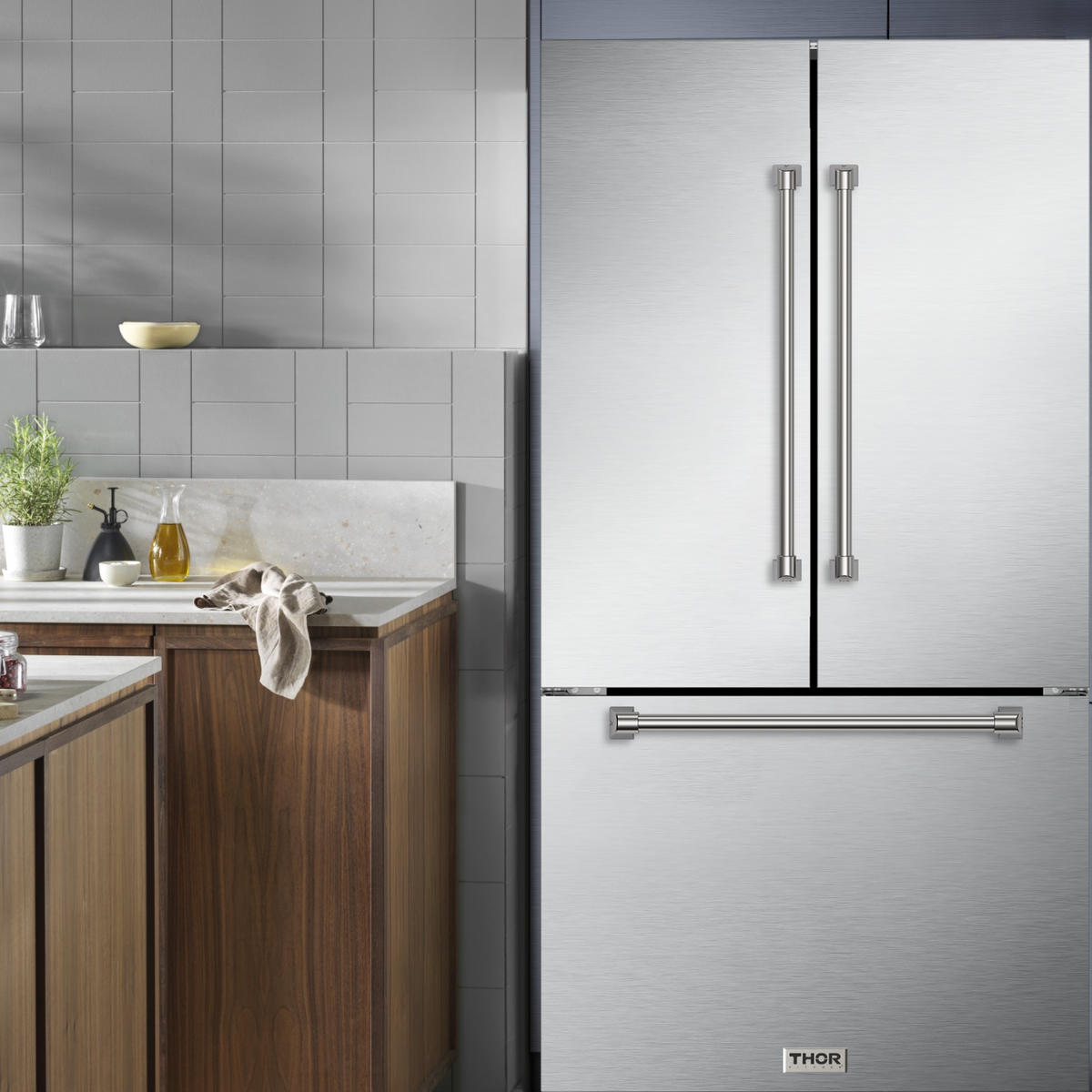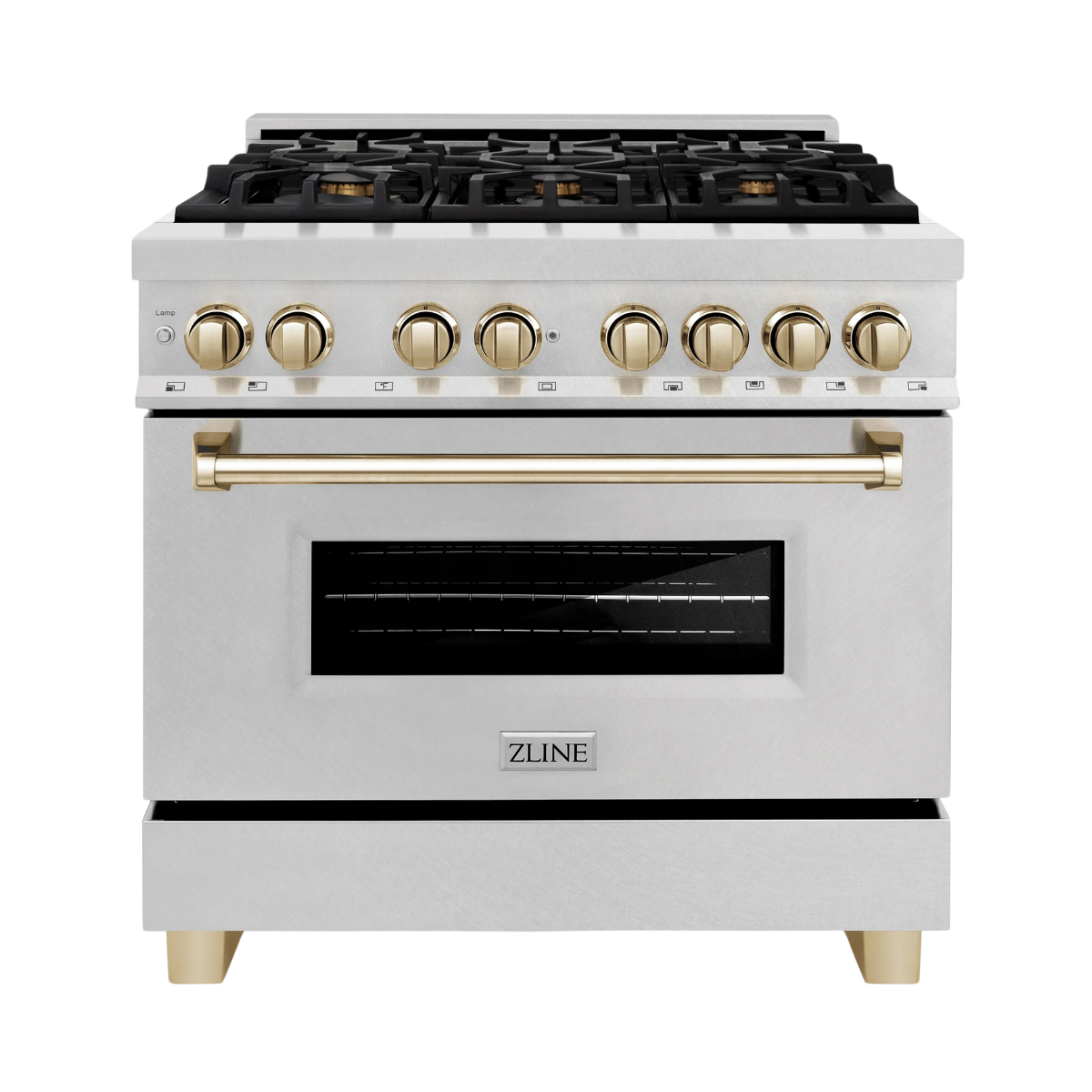Mini split systems are among the most popular air conditioners available to homeowners today. They are powerful, cost-effective and flexible, giving you complete control over your comfort.
However, and as with any other air conditioner, you won’t be able to enjoy the mini split’s strengths if your system isn’t sized and configured correctly. An improperly sized mini split system will be inefficient and costlier. Follow these tips and best practices to select the ideal MRCOOL mini split system type, size and configuration for your home or living space.
Considerations Before Sizing
Before determining the right size for your mini split, it is critical to ensure that your system has the features and configuration you need to be comfortable year-round.
Air conditioner vs. heat pump
The first consideration is the system’s type. Mini splits come in two varieties: cooling-only models and heat pumps with both cooling and heating functions. The right choice depends on what you expect from your air conditioner. Ask yourself these questions: Do you only need air conditioning during the hotter months? Or do you need year-round climate control to keep your home comfortable?

Zoning: How many rooms need climate control?
After the type, the next element to consider is the number of zones that need air conditioning in your house. A mini split system is ductless, so you don’t need to install a network of ducts (or use an existing duct array) to enjoy air conditioning in your house. The advantage of this solution is that you can pick which rooms of your home need air conditioning. Most mini split systems support up to five indoor units, allowing you to introduce climate control in five different rooms or areas. A system with a single indoor unit is called a single-zone mini split, while any system with two or more indoor air handlers is a multi-zone. Each multi-zone configuration has its own name:
- 2-zone mini split systems are called dual-zone.
- 3-zone mini split systems are called tri-zone.
- 4-zone mini split systems are quad-zones.
- 5-zone mini split systems are penta-zones.
Consider which rooms in your house need air conditioning to find out the right number of zones. Typical choices for mini split systems include the living room, bedrooms, home offices and mother-in-law suites. Mini splits also work well in kitchens, garages, workshops, sheds, attics, sunrooms, basements and even detached tiny homes.
Mini Split Sizing Guide
Once you know the type, the number of zones you need to cover and which rooms to cover, you can start calculating the right mini split size for your needs.
Discover MRCOOL DIY Mini Split SystemsStarting point: Square footage
The starting point for all mini split sizing calculations is the square footage your system needs to serve. When sizing a mini split unit, you should avoid using your house’s total square footage. Even the most comprehensive multi-zone systems typically don’t provide air conditioning to the entire home. Instead, only include the rooms the mini split unit will cover in your calculation.
Start by measuring the area of every room that will have an indoor air handler. You’ll want to keep individual values for each room plus the sum of all zones. For example, let’s say you intend to install air conditioning in the den, kitchen, master bedroom and bathroom. After measuring, your values should look like this:
- Den: 380 ft²
- Kitchen: 120 ft²
- Master bedroom: 140 ft²
- Bathroom: 160 ft²

Translating square feet to capacity
Once you have the total square footage your mini split system will cover, you can translate the number you’ve obtained into British Thermal Units (BTU). A British Thermal Unit is an imperial unit of heat. One BTU equals the amount of energy needed to increase the temperature of one lb. of water by 1°F, or approximately 1,055 Joule. In the context of air conditioning and heating/cooling systems, such as the MRCOOL 3 zone mini split unit, the BTU value corresponds to the maximum amount of heat the system can remove (in cooling mode) or add (in heating mode) to a given room.
Each air conditioning system, whether mini split or not, has a nominal BTU capacity telling the consumer the approximate range of total zone sizes such a system can cover. According to the Department of Energy, when calculating based on size alone, you need approximately 20 BTU to appropriately cool or heat one square foot of living space. To determine the starting number of BTU you need, take the square footage of every room your mini split system should cover and multiply the number by 20.
What size mini split for 500 ft²? 800 ft²?
If you need a single-zone system for a 500 ft² room, such as a 25' x 20' basement, 500 multiplied by 20 is 10,000; therefore, your mini split should have a capacity of at least 10,000 BTU.
If you need a multi-zone unit, such as a 4-zone mini split system to cover a combined 800 ft² of living space, 800 multiplied by 20 is 16,000; therefore, you need a mini split unit with a capacity of at least 16,000 BTU. Per room, the BTU for 800 ft² could be broken down as follows:
- Den 380 ft² = 7,600 BTU
- Kitchen: 120 ft² = 2,400 BTU
- Master bedroom: 140 ft² = 2,800 BTU
- Bathroom: 160 ft² = 3,200 BTU

Additional factors
Although valuable to know, the BTU value you’ve obtained in the previous step is only a starting point and should not be used as your reference when purchasing your mini split system. This value only takes into account the total area of all of your combined zones and does not integrate all potential affecting factors. The factors that can change your total BTU requirements are ceiling height, local climate, sun exposure levels, kitchens, bathrooms, high occupancy and insulation level. Here’s how each one affects your BTU values:
Ceiling height: The basic calculation methods assume all your rooms possess a ceiling height of eight feet. Taller ceilings increase the room’s total volume, whereas shorter ceilings decrease it. Each foot of ceiling height above the average of eight increases your room’s volume by 12.5%; therefore, you should add 12.5% to that room’s BTU requirements.
Local climate: If your area regularly experiences extreme average seasonal temperatures (e.g., 90°F or more in the summer, 40°F or less in the winter), add 20% to 30% to your total system BTU requirements.
Sun exposure: Rooms frequently exposed to sunlight may receive more natural heating, increasing that room’s BTU needs by 10%. Heavily shaded rooms receiving little to no sun heat reduce the BTU requirements by 10%.

Kitchens: Kitchen appliances emit high amounts of heat, increasing the work your indoor air handler needs to do in cooling mode. To compensate, add between 3,000 and 5,000 BTU to the kitchen’s BTU needs, depending on the number of heat-generating appliances.
High occupancy: Human bodies generate heat due to a natural process called thermogenesis. The more people in the same room, the more natural body heat they generate together. If one of your rooms is frequently occupied by more than two people, you’ll need to increase that room’s BTU requirements by 5% to 10% per extra person.
Insulation level: Not every zone in your house has the same level of insulation, especially if you intend to install an indoor unit in the attic, the garage, the shed or the outdoor workshop. Increase your room’s BTU requirements by 10% if it has partial or poor insulation or 20% if it has none. Reduce them by 10% if the room has heavy or recently installed insulation.
Browse Quality Bathroom AppliancesExample: 4-zone system
Following the example of a 4-zone system for the den, kitchen, master bedroom and bathroom, here’s what your final calculations may look like:
- Den: 380 ft², 10-foot ceiling (+25%) = 9,500 BTU
- Kitchen: 120 ft² is a kitchen (+4,000 BTU) = 6,400 BTU
- Master bedroom: 140 ft² = 2,800 BTU
- Bathroom: 160 ft², high-quality insulation (-10%) = 3,520 BTU
When including all these factors, this system’s BTU requirements increase from a nominal 16,000 to 22,220. However, the house is located in a region with hot and humid summers (90-100°F), increasing the whole-house BTU requirements by another 20%. 22,220 multiplied by 1.2 equals 26,664. Therefore, the house needs a mini split system capable of producing a minimum of 26,664 BTU.
These calculations may not correspond to the exact capacity of mini splits available on the market. The best practice in these situations is to select a product with the next-highest nominal capacity. For instance, you will not find any 4-zone mini split system with an exact 26,664 BTU capacity. The next-highest capacity numbers for a 4-zone system are likely 36,000 BTU or 39,000 BTU.

Risks of Using Improperly Sized Mini Splits
Choosing the wrong mini split system size results in one of two scenarios: Your unit is either oversized (too much capacity) or undersized (too little capacity) for the area you intend to climate control. Here’s what might happen if your mini split is improperly sized and what to expect from each possibility.
Effects of oversized systems
A mini split system is oversized when the unit’s total BTU capacity far exceeds the BTU requirements of your zones. It is generally okay and even advisable for your air conditioning system to be slightly oversized for your needs because it ensures you have enough capacity to serve every zone without experiencing issues associated with undersized systems. However, bigger isn’t always better.
If the listed capacity significantly exceeds your BTU requirements, you will begin experiencing the adverse effects of an oversized air conditioning unit. However, each home and air conditioning system is unique; ask a qualified HVAC technician for a more precise answer regarding your home and HVAC configuration. Air conditioning systems are designed to detect the ambient temperature, read a target temperature, and turn cooling (or heating) on until the current temperature matches the target temperature.
The cooling process in an appropriately sized system is gradual, and the target temperature remains for a long, even period. If the unit is oversized, the system will send large quantities of air into its zones, abruptly shut down and then re-enable itself multiple times in a single hour. This phenomenon is called short-cycling. Although a short-cycling system may present the appearance of an air conditioner that cools your house more quickly, there are several drawbacks:
- Short-cycling causes your system to repeatedly start and stop, consuming more electricity than a properly sized system.
- Repeated starts and stops also increase wear and tear on your system’s parts (compressor, fans, lines and blowers), increasing maintenance costs and decreasing your mini split’s lifespan.
- Short cooling or heating cycles do not run for long enough to reach the desired temperature, making your system overall less efficient.
Short-cycling causes you to pay more on your electricity and maintenance bills for less efficient cooling and heating.

Effects of undersized systems
Mini split systems with a nominal capacity under your BTU requirements are called undersized. Avoid using any mini split system that doesn’t meet your calculated BTU needs (with all additional factors considered). Undersized systems are forced to compensate for their insufficient capacity with more prolonged cooling (or heating) cycles, causing them to run at full capacity and stay on for extended periods. If the unit is severely undersized, it may continuously run without managing to reach the target temperature. The consequences of using an undersized system are:
- Longer cooling/heating cycles increase your system’s energy consumption and, in turn, your electric bills.
- Unlike an adequately sized mini split, an undersized system must run closer to 100% to reach the target temperature, further increasing energy consumption and parts wear.
- The more undersized the system is, the less capable of reaching your target temperatures, leaving you uncomfortable.
Undersized models eliminate most of the advantages of a mini split air conditioning system, causing you to pay more for far less efficiency.
Cost-Efficient Comfort with Premium Home Source
Taking control of your home’s comfort is easy with Premium Home Source. We carry an extensive inventory of cooling and heating systems and numerous other quality home appliances to help you build the home of your dreams. For more information on our products, contact us at 1-800-805-7102.
Image Credits
IIIerlok_xolms/Shutterstock.com
antoniodiaz/Shutterstock.com
Slavo Valigursky/Shutterstock.com
Andrey_Popov/Shutterstock.com
3DPhoto/Shutterstock.com
Makistock/Shutterstock.com





